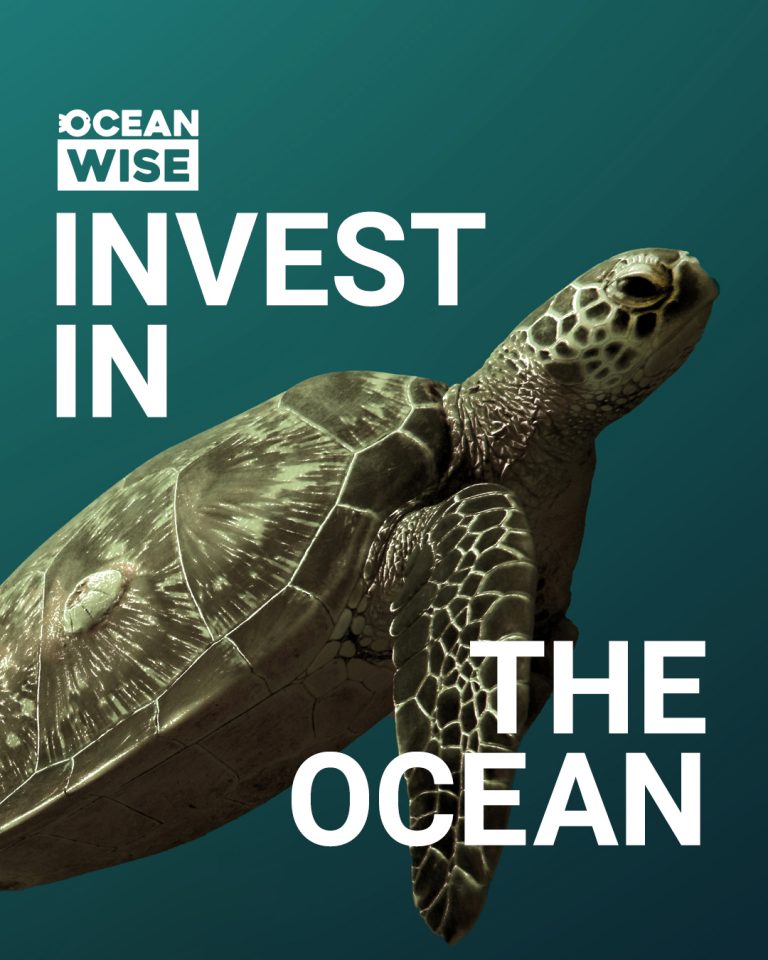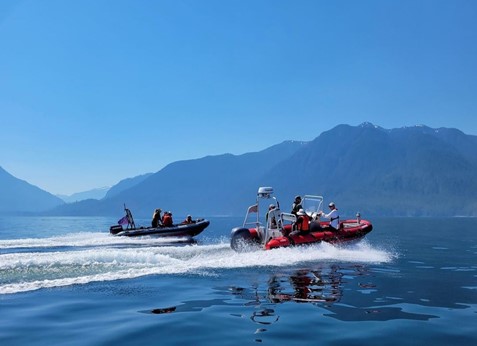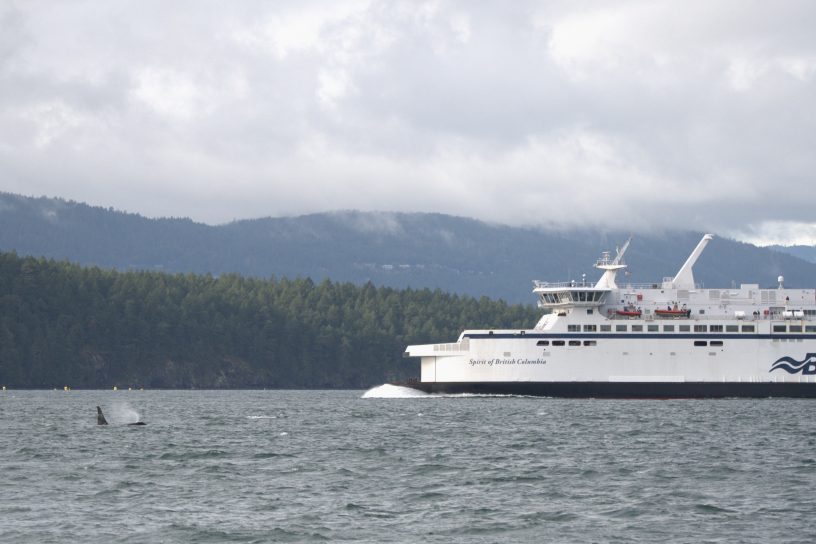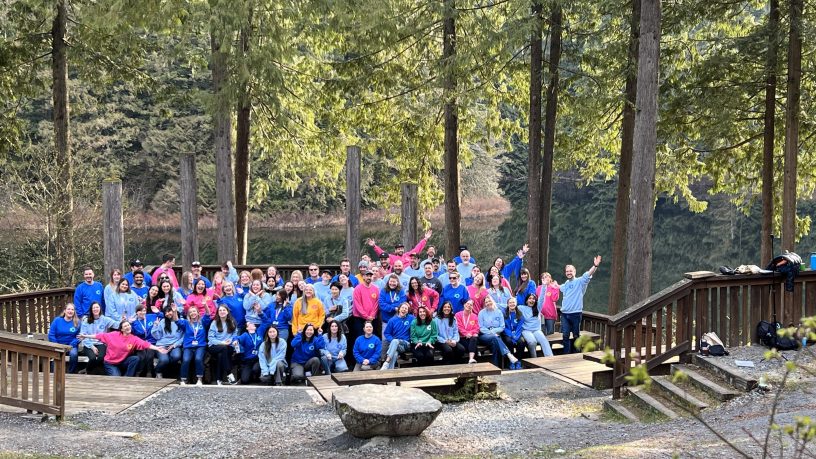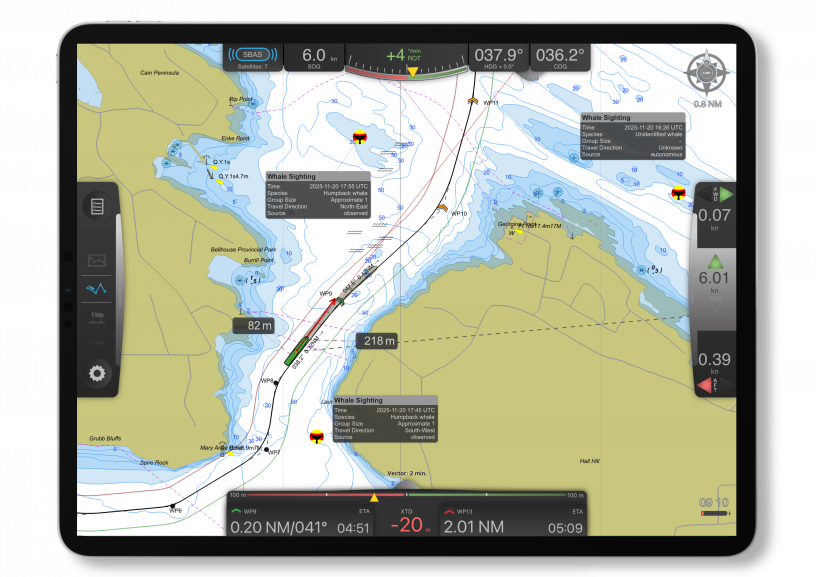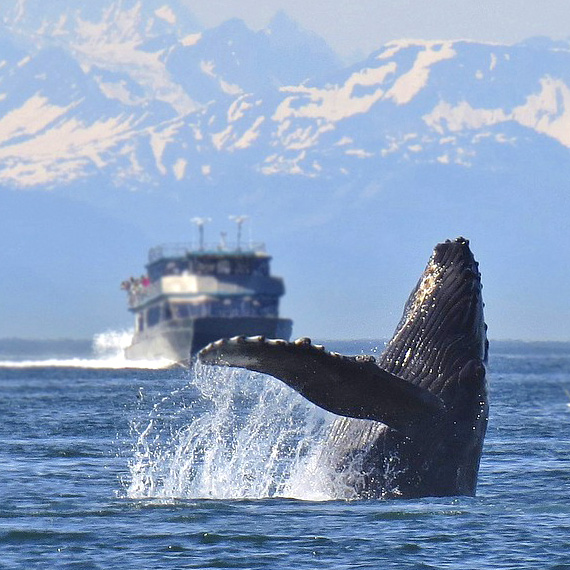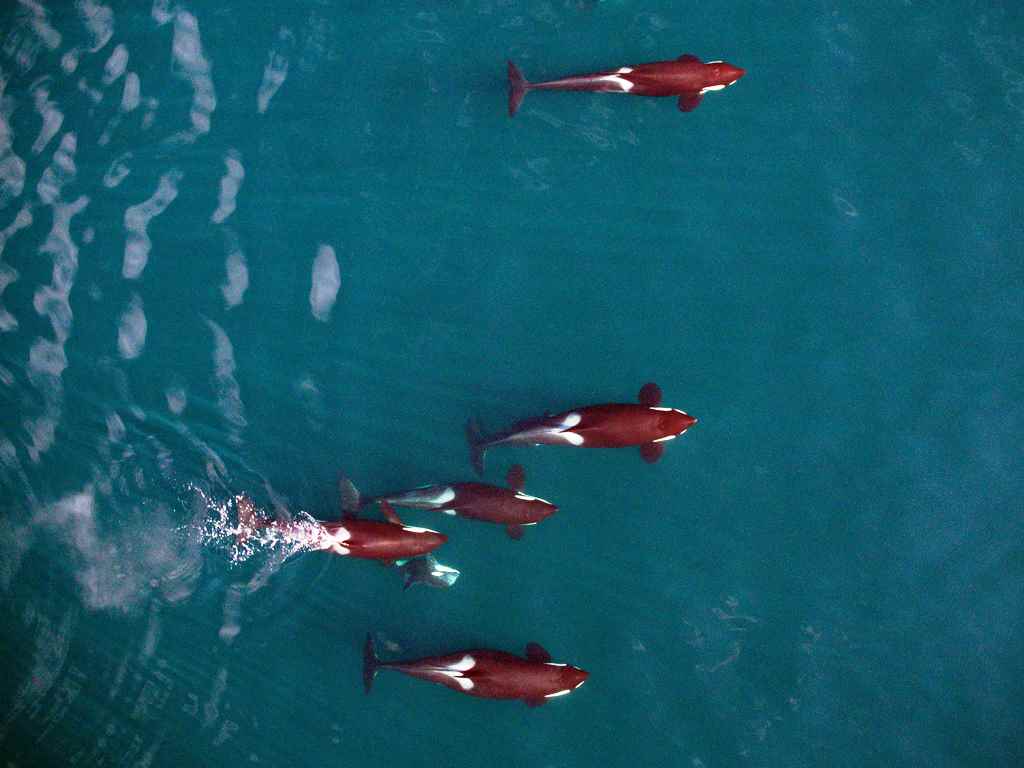
A Mother’s Love
Much like humans, mothers play an important role in killer whale culture. Killer whales are highly social, group-living animals whose social structure revolves around females. For some members of the animal kingdom, the challenges of motherhood are relatively fleeting; after a few short weeks of care, their offspring can fend for themselves.
Motherhood is not so simple for killer whales! Female killer whales begin having calves at around 12-14 years of age, and invest a great deal of time, energy and resources in their calves. In addition to the 16-17 months of pregnancy, females will nurse their calves for at least one year — if not more — before beginning to feed them solid food.
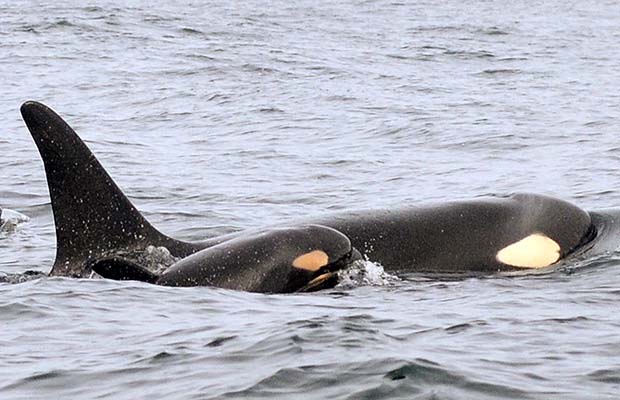
This first year of life is critical for the survival of killer whale calves. Many do not live to see their first birthday, due to environmental factors such as exposure to diseases, lack of food and the accumulation of toxins that are passed from the mother to calf in her fatty milk. Over a year of energy and resources are consumed during gestation alone, for only a 50% chance of calf survival.
Once the calf survives its first year of life and begins to eat solid food, a mother’s work is far from over. In killer whale culture, mothers are pillars of wisdom, teaching their young the critical life skills they need to survive. Mothers pass along knowledge of the best foraging locations and hunting techniques, all while providing food for their offspring. Females from the resident fish-eating populations will actually continue to feed their sons even when they are full-grown adults.

In addition to ecological knowledge, mothers teach their calves how to communicate with one another. Killer whales use sound to find prey, navigate, communicate with relatives and find mating opportunities with unrelated whales. Resident killer whale pods have distinctive dialects — similar to accents — that mothers will teach their calves at a young age.
This passing of vital knowledge from generation to generation is one of the reasons scientists think that female killer whales live well past menopause, into their 40’s, and stop reproducing – an uncommon trait in the animal kingdom. Post-reproductive females are essential to the cohesion and survival of their family groups and/or pods, especially in times of low-food abundance.
Granny (J2) was the best-known example of this: the matriarch of J pod, part of the endangered Southern Resident population. Before her passing in 2016, Granny was estimated to be 105-years-old, making her the oldest-known killer whale and the longest-known leader of the Southern Residents. Although humans and killer whales are different in many ways, we have one thing in common: we depend on our mothers throughout our entire lives for their love, strength and wisdom.
To honour mothers of all species, the Wild Killer Whale Adoption Program has created a new Mother’s Day Adoption Package. These special-edition packages include all the benefits of the Individual Whale Adoption Package plus a Killer Whale Mother’s Day card that features an aerial photograph of a nursing female and a information on the role of mothers in killer whale culture.
Choose one of the ten featured killer whale mothers , and receive an additional whale-specific Mother’s Day card. Purchase one for the special mother or grandmother in your life! (Packages ship worldwide.) Find out more about killer whales at killerwhale.vanaqua.org.
Posted May 10, 2018 by Ocean Wise

